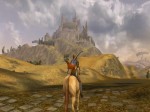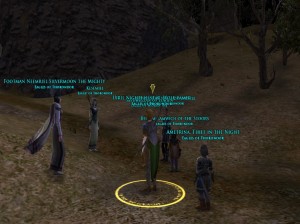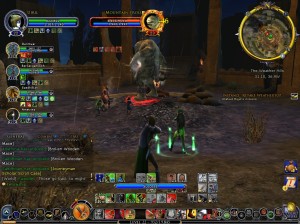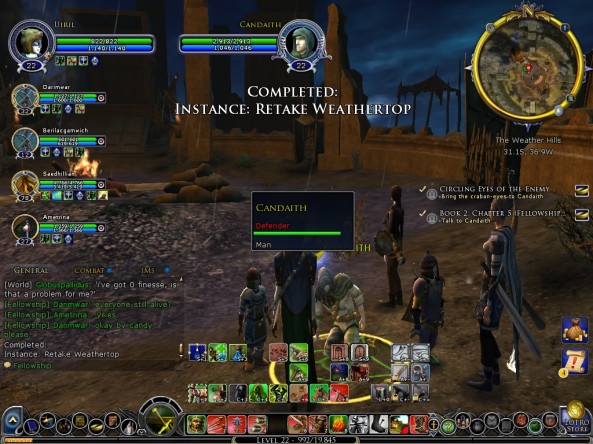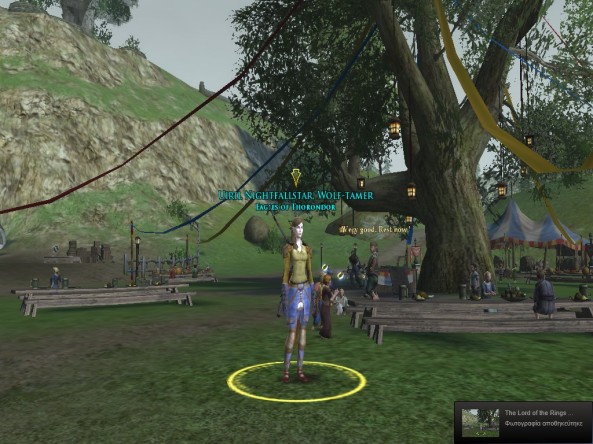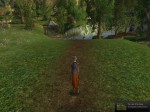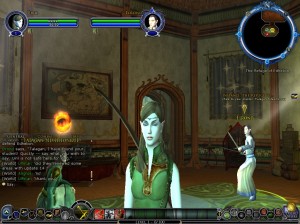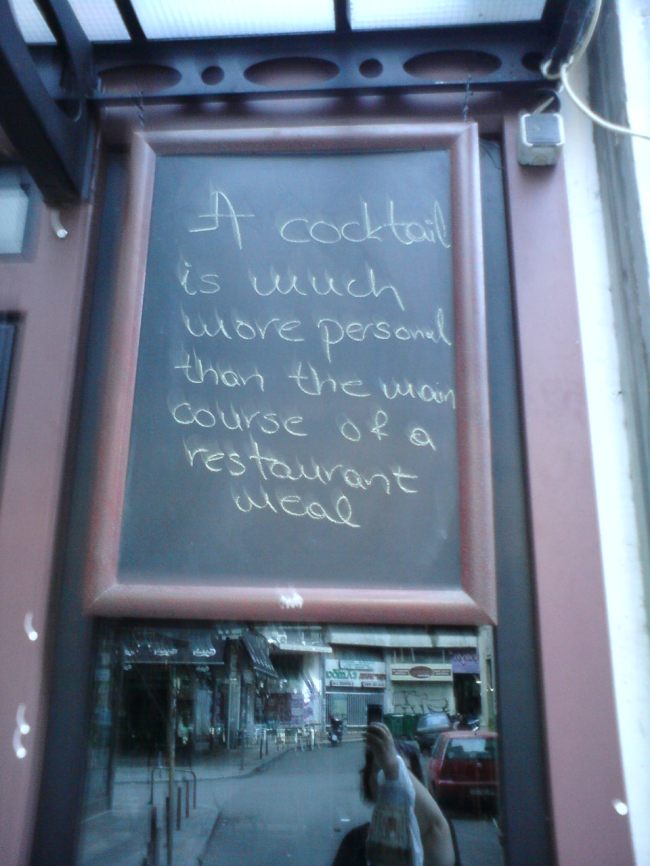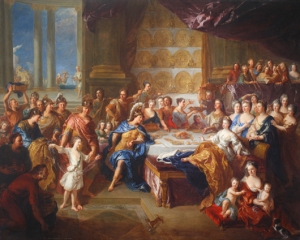Week 5 coursework
This week’s both gameplay and reading were a challenge. Spenser’s The Faerie Queene is a tricky passage written in Renaissance English and contains multiple pronunciation and spelling obstacles, especially for the non-native speakers of English such as myself. However, it is regarded as a fundamental narrative poem, one that greatly influenced the romance and subsequent fantasy literature genre. Out of six books we were asked to read the first Canto of Book III.
Another instance which troubled the players/students in this MOOC was going against the boss Thadur in the Great Barrow which was not as easy as “Retaking Weathertop”. I should mention here that the turnout on Sunday’s event was quite large in scale. Three groups were formed and to balance the odds high leveled players were matched to equal numbers of low leveled ones. During our group’s encounter two kinnies died – myself included – something which rarely occurs in dungeon type instances, especially when you have level 90 players tag along. Tacts (aka tactics) involved killing some wights and then killing “lights” in a sync mode. First there was one of them, then two – both of which you had to kill at the same time – then three – again simultaneous kill – then four. In the end, we faced a level 28 elite boss (I was level 23 at the time).
The free-to-play model: a personal rant
My avatar, Uiril, reached a ridiculously low gold cap this week, meaning I couldn’t have access to more than 2 gold despite having earned more. After finally getting enough Turbine points – in-game of course – to unlock the Auction house I thought to myself: “finally, I ‘ll make some money to buy an “x” vanity item, etc“. That sum of money ended up in a repository to which I could get access ONLY IF I upgraded my account (which meant paying good money). You see, that’s the way MMORPGs work, they are based on a virtual economy that enables the player to earn and spend virtual money. Free-to-play modelled games such as LOTRO and WOW(free trial) only give you the impression of actually being free. Do you want to acquire the riding skill? Turbine Points. Do you want to have more slots in your – pathetic – bank vault? More Turbine points. Do you wish you could have that wonderful rectangular table for your home in the Shire? You guessed well, buy some more Turbine points. Now farming for those points is nerve-wracking and pointless since the award system in-game is painstakingly slow. That’s when Turbine offers you the chance to get those points you covet for a mere “x” $$$$. It then hits you that becoming a VIP member (paying a subscription) is well worth it.
MMORPGs such as World of Warcraft have long been accused for their pay-to-play strategy, involving a monthly fee for logging into the game, regardless whether you show up or not in said month. Much as I hate making Blizzard more affluent, I get their logic. You see, I don’t have to pay for anything else. Storage, unlimited money cap, auction house, patches and new content are all there. Just pay the subscription and that’s it.(Of course, regarding WoW, you do need to buy the game and its subsequent expansions but that all adds up to the price of a new Assassin’s Creed title). What strikes me as bizarre, though, is that I thought free-to-play LOTRO was doable. Not paying for LOTRO is pretty much ok up until you reach a certain point. If you do want to enjoy gameplay – not to mention raiding content or new quest zones – you have to pay. The whole free-to-play tag is just smoke and mirrors. What about World of Warcraft free-to-play? That’s just an urban legend, folks.



